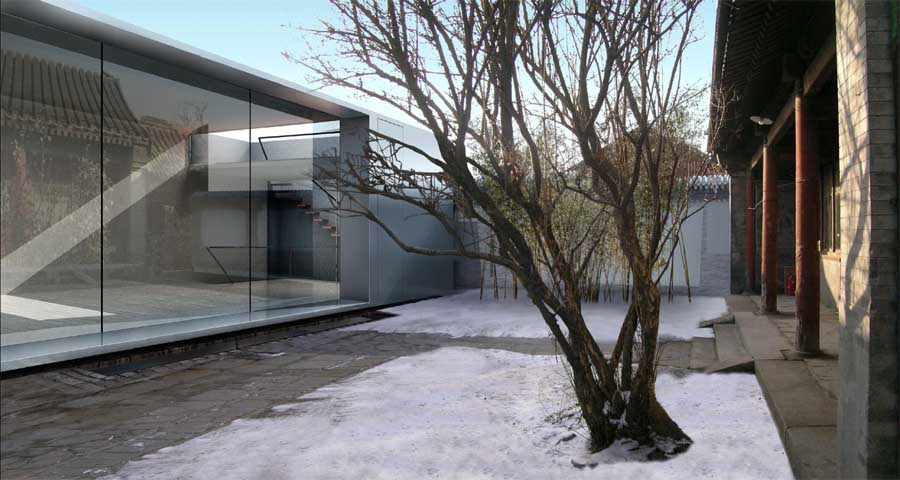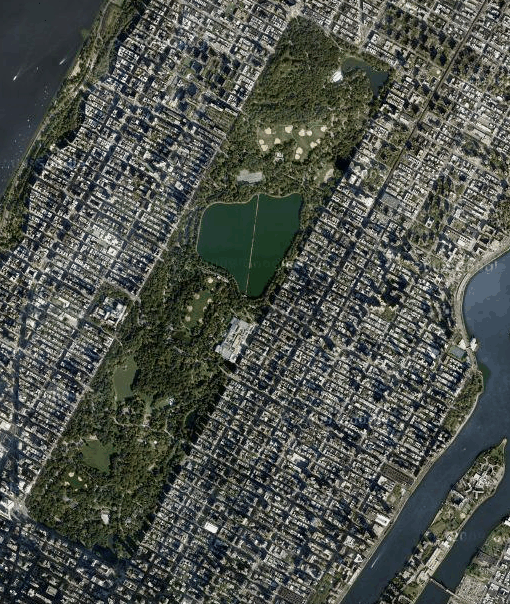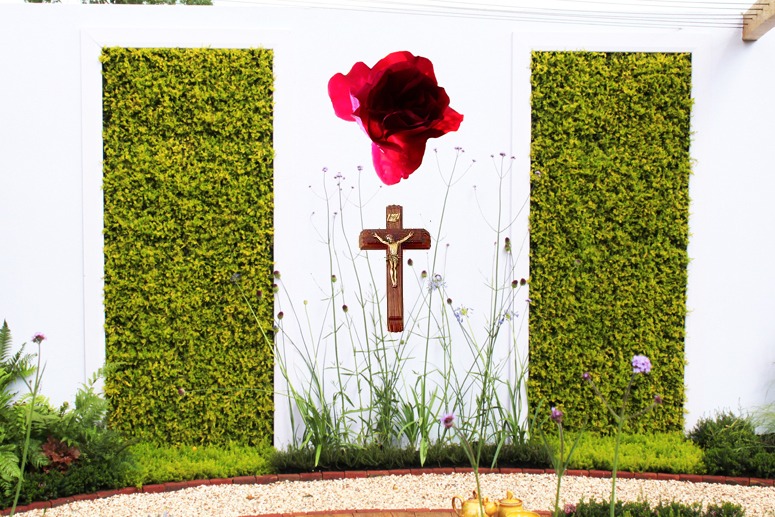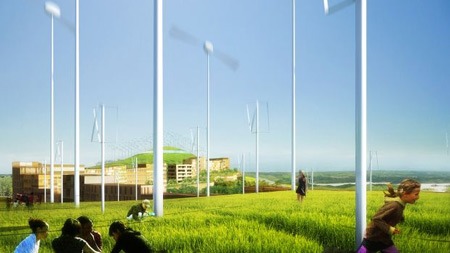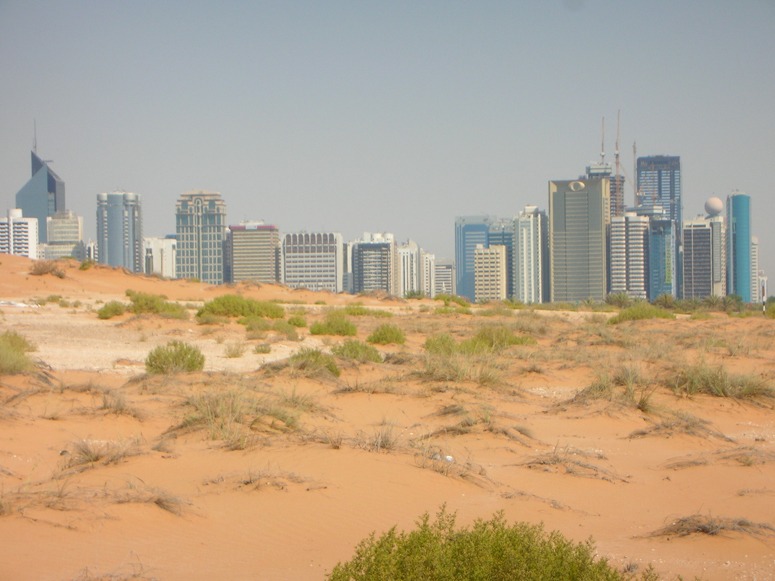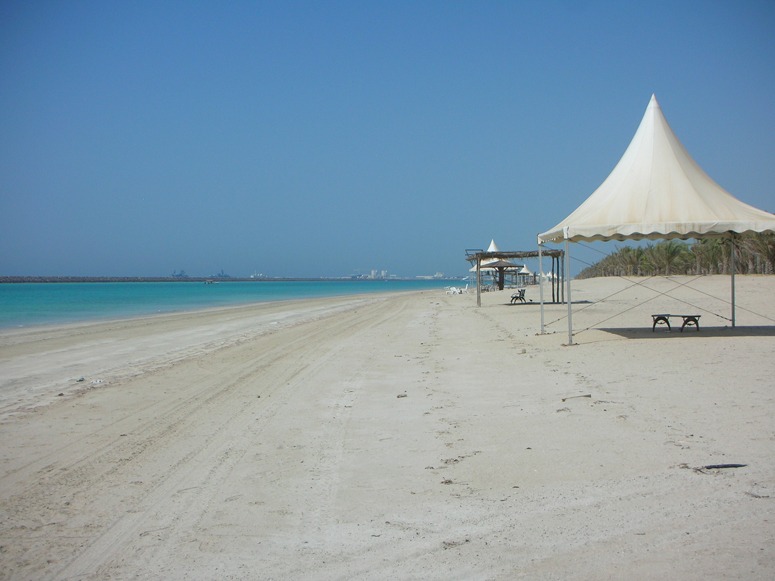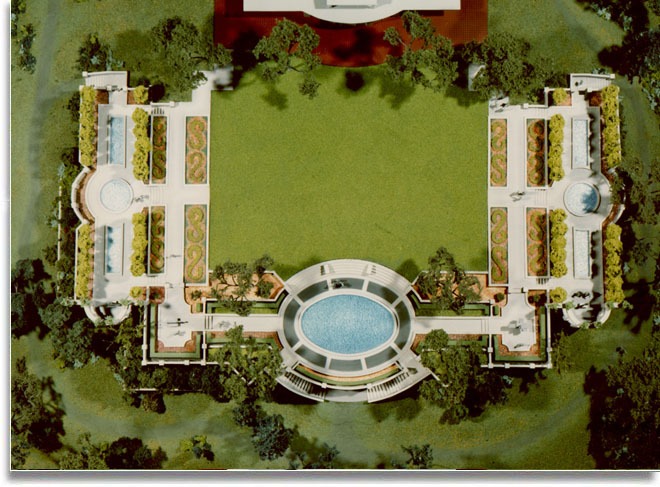 There is something endlessly fascinating about models of cities…Perhaps they enable us to relate to cities in ways that are normally not possible? Perhaps they give us a God’s eye view of the landscape and everyday life.
There is something endlessly fascinating about models of cities…Perhaps they enable us to relate to cities in ways that are normally not possible? Perhaps they give us a God’s eye view of the landscape and everyday life.
So if we could play God for a day what would we say to those people down there that we created and who are now running around living their own lives in the various metropolis’ of the world? Or perhaps we would just make our own historical narrative films!
Would we be tempted to move the pieces on the board? Re-arrange them slightly? Why would we want to do this? ….There is certainly something very appealing about the detailed scale models of street furniture produced for the city of Toronto! And of the very different in quality abstract garden model.
In 2006 Prof Michael J. Oswald and Professor Steffen Lehmann chatted about the use of models in architectural practice. Professor Lehmann said of his experience in the office of Arata Isozaki:
“When working in Tokyo, in Arata Isozaki’s studio in 1990, I learned to appreciate the luxury of getting ideas built in-house overnight. Isozaki always valued the resource of an in-house model workshop where exquisite pieces could be made quickly. Before leaving the studio in the evening, I would hand over the latest drawings to the model shop, and when I returned to the office in the morning, there would be an accurate polystyrol model on my desk, built overnight by hard-working, younger Japanese staff. Much effort and accuracy was put into these models, even if we only used them ephemerally, to instantly check a certain idea.”

